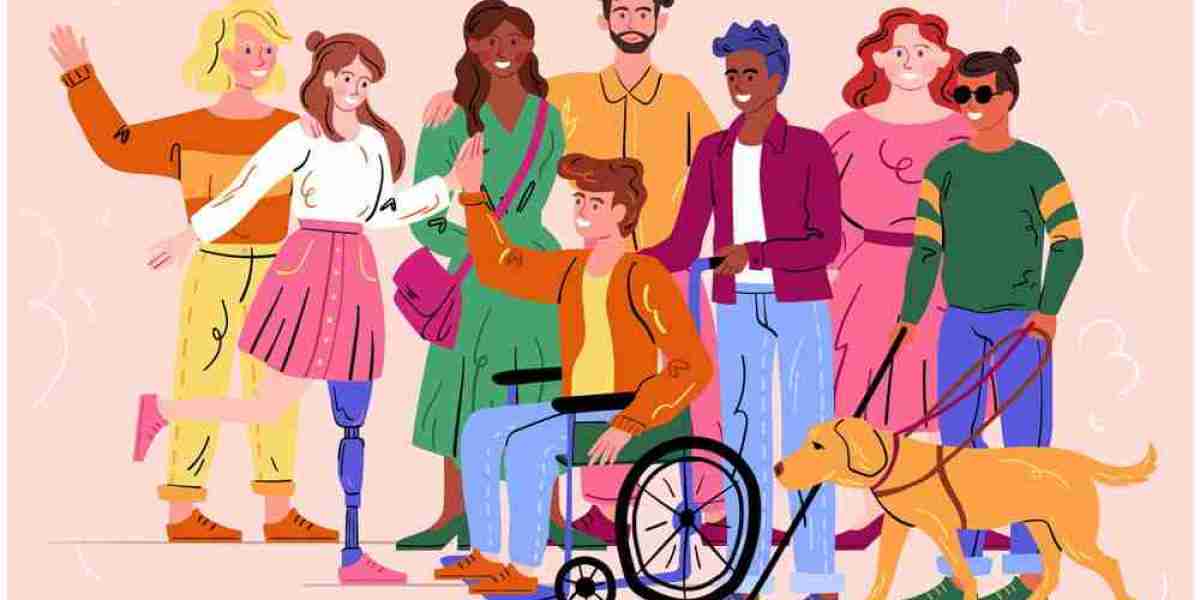Switzerland is known for its high level of social protection and legislative framework aimed at protecting the rights of people with disabilities. Nevertheless, despite the existence of laws and programmes, the issue of inclusion and accessibility remains relevant. Let's take a look at how the rights of people with disabilities are protected in Switzerland and the challenges they face in practice.
Basic laws and rights
Swiss law provides for the protection of people with disabilities in various areas. The main document is the Swiss Constitution, which guarantees equality for all citizens, including people with disabilities. Find out more about inclusiveness in Switzerland here: https://swiss-partner.biz/blog/people-with-disabilities-in-switzerland-barriers-to-cultural-life
An important step was the adoption of the equal opportunities law for people with disabilities (Behindertengleichstellungsgesetz), which aims to ensure equal access to jobs, education and public places.
Implementation in practice
In practice, implementing these laws requires a lot of effort. For example, ensuring accessibility of public transport and infrastructure has been gradual. Although major cities and transport systems are actively implementing improvements, access to public spaces remains limited in some regions. Also, despite measures to support employment, people with disabilities still face bias from employers and barriers to employment.
Inclusion in education and culture
Education is also changing: Swiss schools are trying to adapt programmes and facilities for students with disabilities, but inclusion requires a lot of effort and specialist support. There are some barriers in the country's cultural life: museums, theatres and public spaces are gradually becoming accessible, but barrier-free environments are not yet present everywhere.
Challenges and next steps
Although the legal framework in Switzerland allows for the protection of the rights of people with disabilities, there is still a need for greater enforcement. Promoting an inclusive culture, involving society in accessibility issues and organising support for employers could improve the situation and bridge the gap between theory and practice.
Conclusion
Switzerland is taking important steps to protect the rights of people with disabilities, but there is still much to be done. Putting legislative initiatives into practice requires the support of government, business and society.





